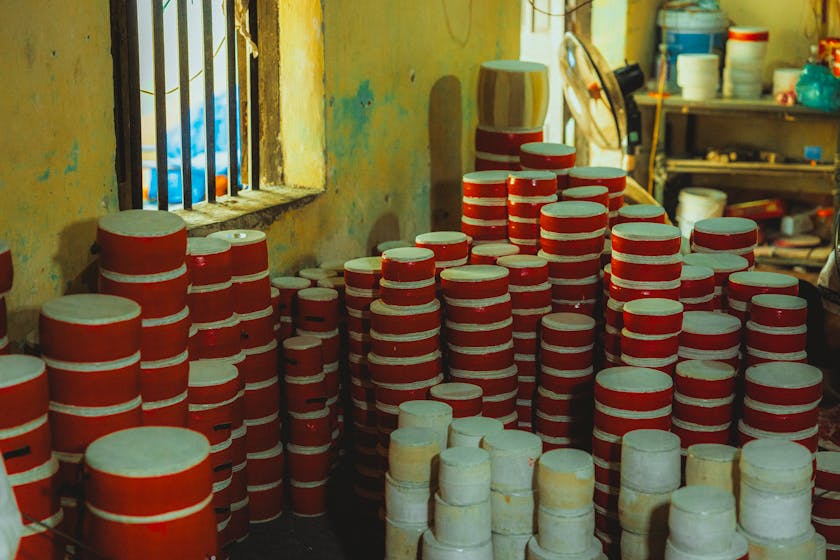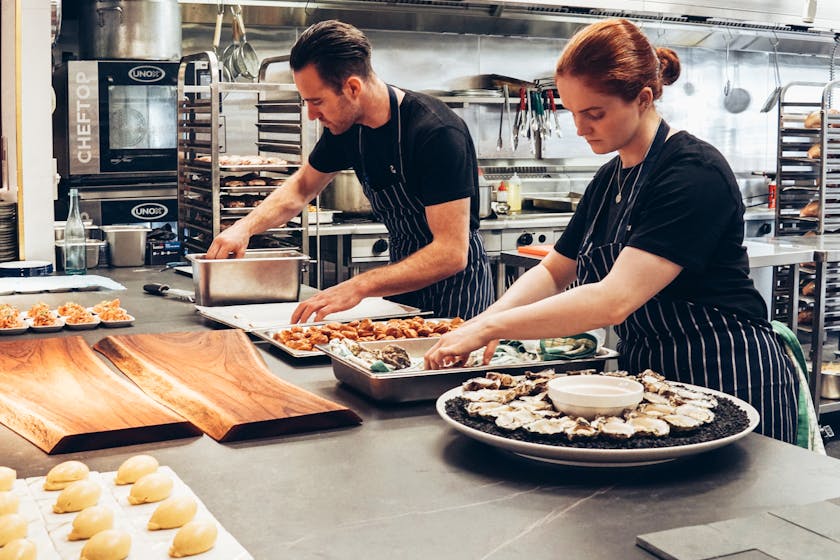If you’re considering bulk meal storage for emergency preparedness, once-a-month cooking can be a game-changer. Not only does it help you manage your resources more efficiently, but it also ensures that you have a supply of ready-to-eat meals when you need them most. Here’s how to get started with your bulk cooking and storage plan.
Understanding the Basics of Bulk Meal Storage
The first step in successful once-a-month cooking for emergency preparedness is understanding the fundamentals of bulk meal storage. It’s essential to know which foods store well, how to package them for longevity, and the conditions needed to preserve their nutritional value and taste.
Selecting the Right Foods for Bulk Storage
Choose foods that are non-perishable and have a long shelf life. Grains, beans, and canned goods are staples in emergency food storage. However, with once-a-month cooking, you can also prepare and freeze a variety of meals. Think hearty stews, casseroles, and soups that can be easily reheated.
Proper Packaging is Key
When storing your bulk-cooked meals, proper packaging is vital to prevent freezer burn and spoilage. Vacuum-sealed bags, airtight containers, and heavy-duty freezer bags are all good options. Make sure to label each package with the date of preparation and contents.
Optimal Storage Conditions
Your storage area should be cool, dark, and dry to keep your food in the best condition possible. Basements and pantries are ideal, but make sure they are free from drastic temperature changes and not prone to moisture build-up.
Planning Your Once-a-Month Cooking Day
Preparing a month’s worth of meals in one day requires some planning. Start with a menu of meals that freeze well and make a comprehensive shopping list. Organize your recipes by similar ingredients to streamline the cooking process.
Batch Cooking and Time Management
Maximize your time by batch cooking. If several recipes require ground beef, cook it all at once. The same goes for chopping vegetables or cooking grains. This method saves time and simplifies the cooking process.
Freezing and Thawing Your Meals
Freezing your meals quickly after cooking is crucial. Spread out the containers or bags on a flat surface in your freezer to allow for even freezing. When it comes to thawing, plan to move your meal to the refrigerator 24-48 hours before you intend to eat it, ensuring a safe defrosting process.
Rotation for Freshness
Just because your meals are frozen doesn’t mean they’ll last indefinitely. Rotate your meals, using the oldest ones first, to maintain quality and taste. This also helps you keep track of what you have stored and what needs to be replenished.
Safety Measures for Emergency Meal Storage
Food safety is paramount, especially in emergency situations. Always cool your cooked food to room temperature before freezing to prevent the growth of harmful bacteria. Also, regularly check your freezer’s temperature, which should be at 0°F (-18°C) or below for safe food storage.
By following these guidelines for once-a-month cooking and bulk meal storage, you’ll be well-prepared for any emergency situation. Not only will you have a stash of nutritious meals, but you’ll also gain peace of mind knowing that your family is taken care of in challenging times.



